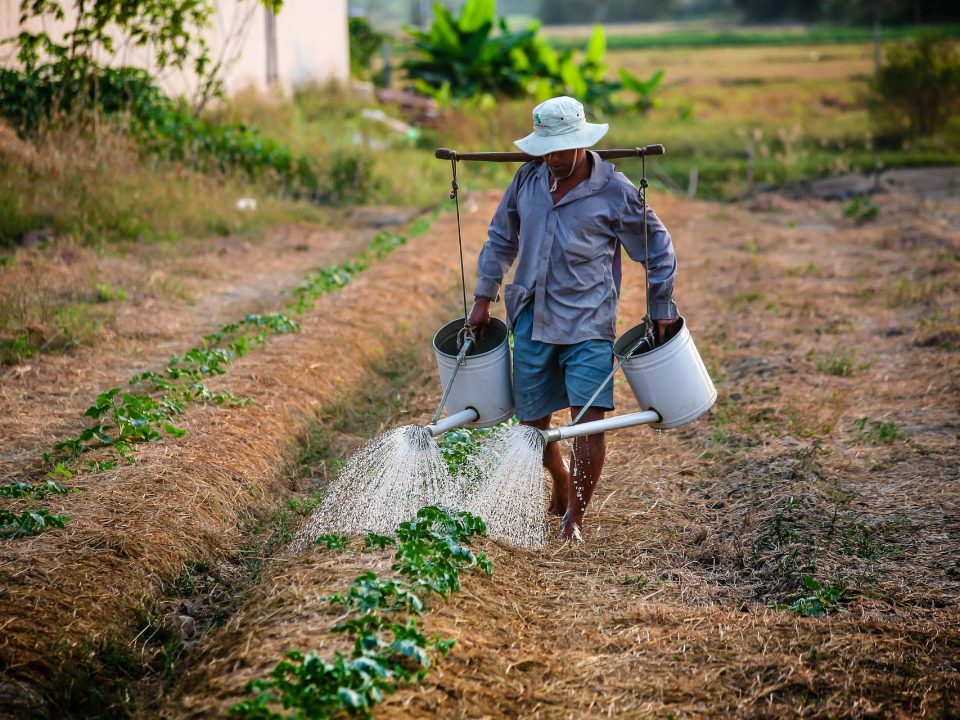Planting and handling of trees

Food flowers – from garden to table
September 6, 2018
Garden in the front of the house
September 12, 2018Planting and handling of trees
In planning a landscape that includes trees, we must consider their final size, their adaptation to the climate and soil of the planting area, and more. The life span of most trees is dozens and even hundreds of years, so it is very important to know their properties and planning their planting.
The life span of most trees is dozens and even hundreds of years, so it is very important to know their properties and planning their planting. In planning a landscape that includes trees, we must improve their final size, adapt them to the climate and soil of the planting area and more. Get recommendations and instructions for planting and caring for trees.
1. Plant the tree as soon as possible, preferably as soon as the tree reaches the planting site, especially important on hot days.
2. Dig a hole that is equal to the height of the planting sack and the width of the tree.
3. The pile of earth will be concentrated near the pit.
4. The compost pile can be enriched (about 15 to 10 liters per tree) and slow-growing fertilizer (150 to 200 grams per tree). The compost and the fertilizer were mixed in the pile of soil and not in the potting hole.
5. We kissed the potting hole and at the same time removed the tree from the planting plant. If it is difficult to remove the tree from the bag, we will cut a number of cuts with a Japanese knife and plant the tree with a planting sack.
6. Place the tree in the potting hole. It is recommended to use another person to hold the tree when we move a few meters to examine the location of the tree and the directions of its branches.
7. Before starting to fill soil around the tree, make sure that the height of the root neck (the point at which the stem comes out of the ground) is slightly higher than the height of the ground.
8. Support the tree with one or two supports. Most of the country has a western wind, so if one supports it, we will take it from the west. We tie the tree to its support with a strap so that the tree will be able to move. A tree associated with no movement ability is not a strong stem key. After 12 months we will take out the supports.
9. Watering: When the planting is finished, weave the wood to saturate. After this irrigation may be created in the ground depressions. These outlets are air pockets and this irrigation will attach the soil to a tree. In the first two days we will go back and kiss each day. It is important that the irrigation be close to the trunk and improve the soil with which the tree was purchased. After two days we will continue to water the tree in intervals that will gradually increase. The first week. After the week of absorption she kissed once every few days. After a week of absorption, and before each irrigation, make sure that the soil has dried, or that the tree shows signs of thirst (whether wet or not). In order for the tree to develop its roots and to be healthy, we will relax the irrigation. The irrigation spacing depends on the type of soil; In light soil, water every few days and in heavy soil once every week until once every two weeks. These instructions refer to irrigation in a pipe, sprinkler or dripper. The principle is the same.
10. The amount of water required for a tree: A tree in the first year of absorption requires about 20 to 50 liters per week. After the year of absorption about 100 liters per week.
In a garden where the tree receives water from a drip system, we adjust the number of drips to quantities according to section 10. A tree that is planted on the lawn needs irrigation separately and can not be satisfied with the water of the lawn. To a tree planted on an existing lawn, we will dig around a dimple tree with a diameter of one meter, because in the fierce competition for water and fertilizer, grass wins a new tree
www.orseeds.com
www.seedsss.com






